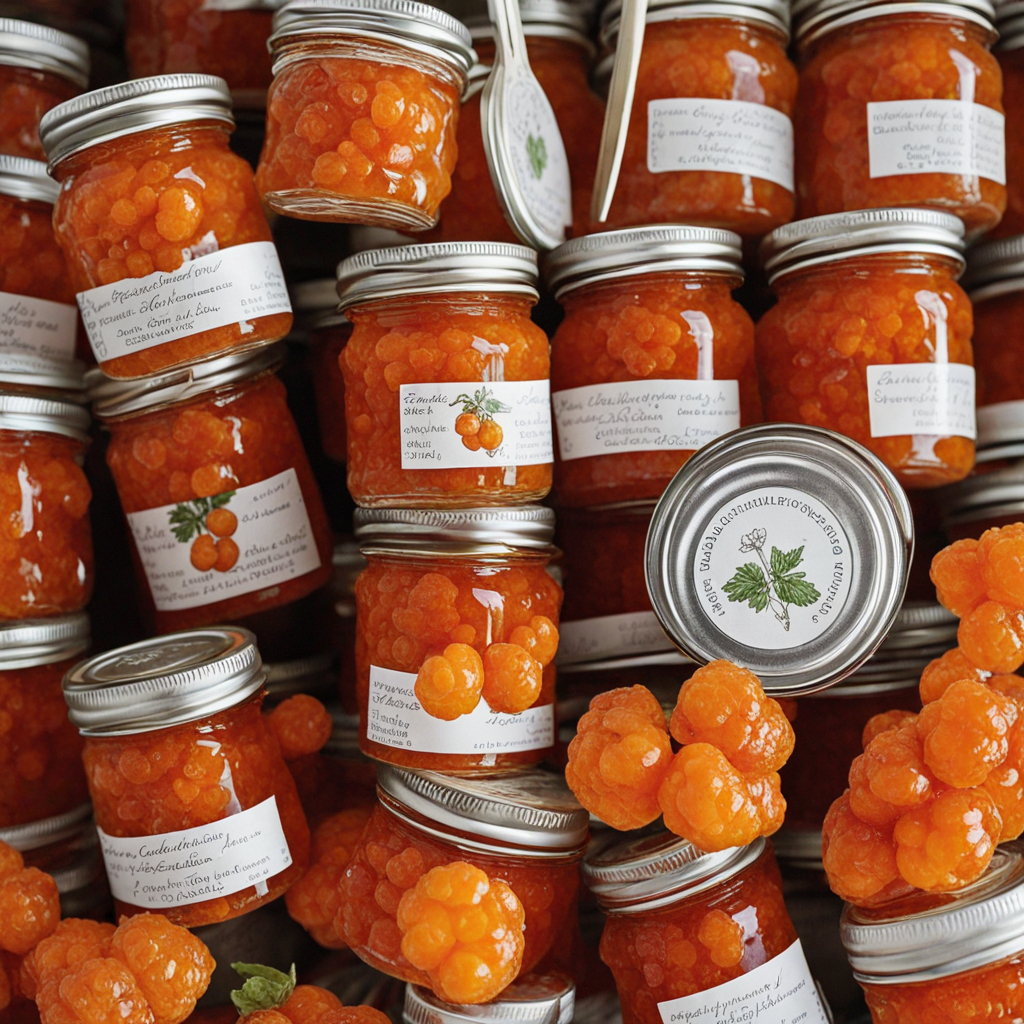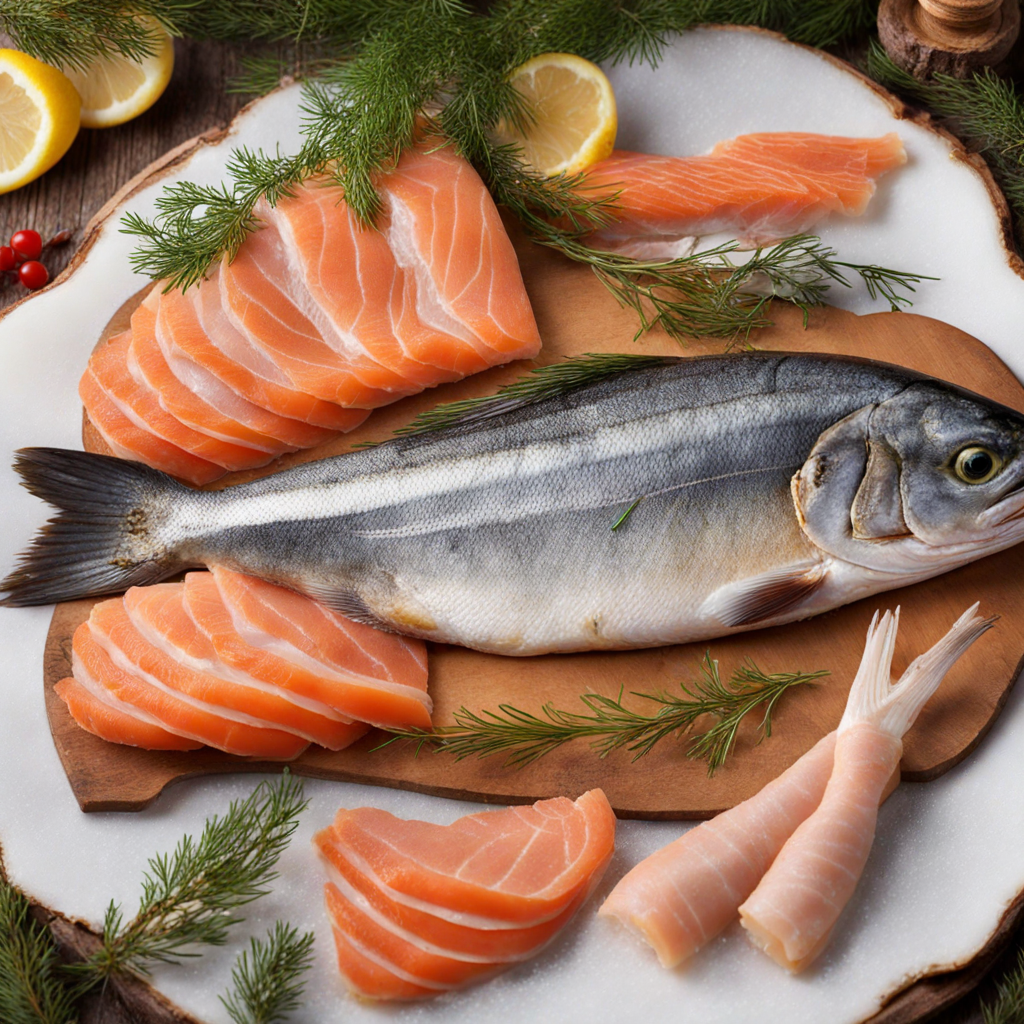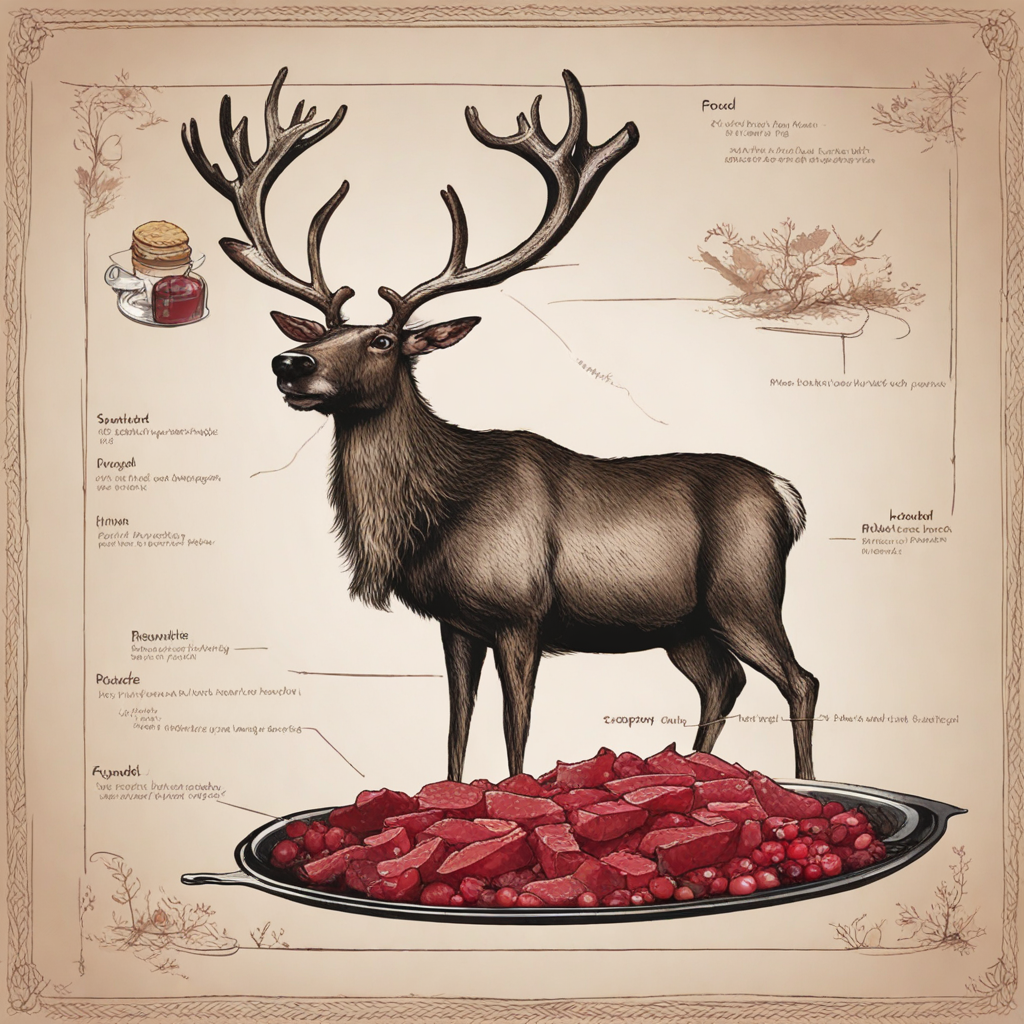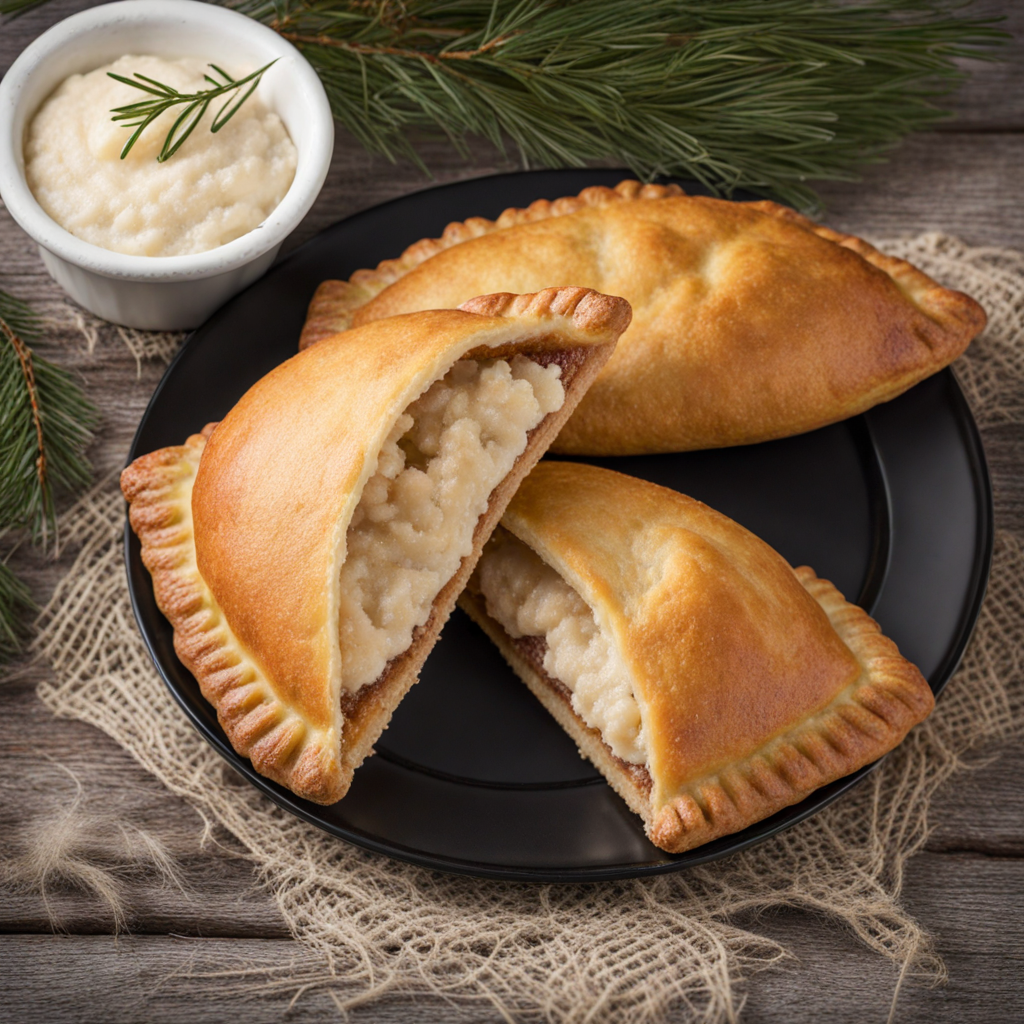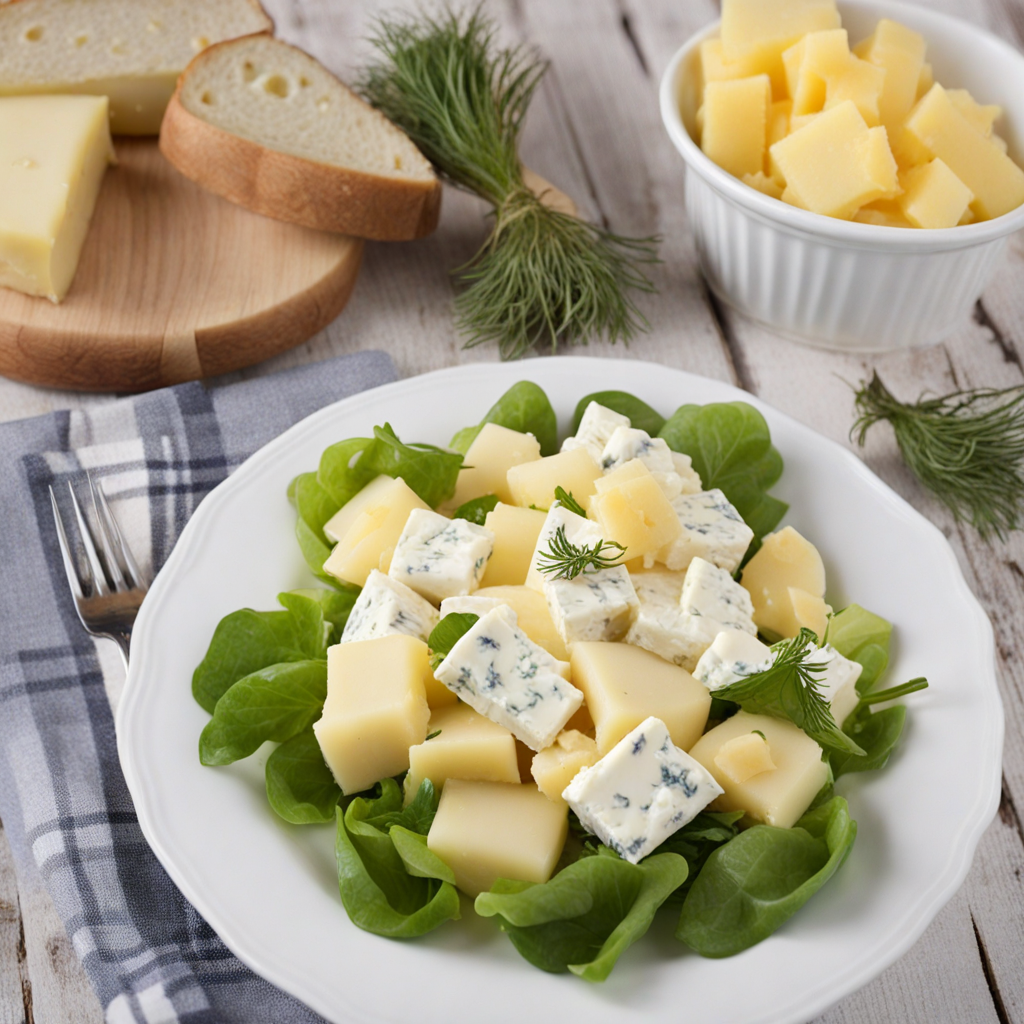Cloudberry Jam
Cloudberry jam is a delightful and unique spread that originates from the pristine landscapes of Finland, where the golden-orange cloudberries thrive in the wild. This berry, often described as a cross between a raspberry and a pear, boasts a delicate balance of sweet and tart flavors that create a taste experience unlike any other. The jam, made from hand-picked cloudberries, captures the essence of Finnish nature, with each spoonful offering a burst of sunshine and a hint of the wild, untouched wilderness of the Arctic regions. With its smooth, slightly chunky texture, cloudberry jam can be used in a variety of ways. It pairs exquisitely with traditional Finnish pancakes, spreading a layer of vibrant color and flavor that elevates breakfast to a new level. Additionally, it serves as a fantastic accompaniment to creamy cheeses, providing a contrasting sweetness that enhances the overall tasting experience. Whether drizzled over desserts or simply enjoyed on fresh bread, cloudberry jam brings a touch of Finnish charm to every dish. The allure of cloudberry jam extends beyond its flavor; it is a product steeped in culture and tradition. In Finland, cloudberries are often foraged during the short summer months, making the jam a cherished seasonal treat. Its rarity and the labor-intensive process of gathering the berries contribute to its status as a gourmet delight. For those looking to explore new tastes, cloudberry jam offers a sweet, tangy, and uniquely Finnish flavor that invites you to savor the essence of northern wilderness in every bite.
How It Became This Dish
The Sweet History of Hillamarmeladi: Finland's Lingonberry Delight #### Origins of Hillamarmeladi Hillamarmeladi, or lingonberry jam, is a cherished staple in Finnish cuisine, embodying the rich natural resources and cultural heritage of Finland. The lingonberry, known scientifically as *Vaccinium vitis-idaea*, thrives in the boreal forests of northern Europe, including Finland. This small, bright-red berry has been foraged by Finns for centuries, forming a crucial part of their diet and culinary traditions. The origins of hillamarmeladi can be traced back to the indigenous Sámi people, who utilized the lingonberry, along with other wild berries, as a vital source of nutrition. Foraging was not just a means of sustenance; it was also a cultural practice that fostered a deep connection to the land. The tradition of gathering lingonberries continues today, particularly during the late summer and early autumn months when the berries reach their peak ripeness. #### Cultural Significance In Finnish culture, hillamarmeladi transcends a mere condiment; it is a symbol of the Finnish connection to nature and the changing seasons. The lingonberry is often seen as a representation of resilience and resourcefulness—qualities intrinsic to Finnish identity. The act of foraging and preserving these berries reflects a lifestyle that values self-sufficiency, sustainability, and a close relationship with the environment. Hillamarmeladi is an essential accompaniment to a variety of traditional Finnish dishes. It pairs beautifully with savory foods such as reindeer meat, game, and even salmon, enhancing the flavors with its tartness. The sweet-and-sour profile of the jam provides a counterbalance to hearty, rich meals, making it a cornerstone of Finnish holiday feasts and everyday dining alike. Furthermore, hillamarmeladi is integral to the concept of "sisu," a Finnish term that embodies grit, courage, and determination. The ability to gather, preserve, and enjoy the fruits of the land speaks to the Finnish spirit, especially during the long, harsh winters when fresh produce is scarce. #### Development over Time The evolution of hillamarmeladi reflects broader changes in Finnish society and culinary practices. Originally, the preparation of lingonberry jam was a domestic activity, primarily done by women in rural households. They would gather the berries and cook them down with sugar, often adding a touch of lemon juice for acidity. This simple method of preservation allowed families to enjoy the flavor of summer throughout the year. As Finland industrialized in the late 19th and early 20th centuries, the production of hillamarmeladi began to shift. The rise of canning technology and commercial food production altered the landscape of Finnish cuisine. Jams and preserves became more widely available in stores, and while homemade versions remained popular, the convenience of store-bought options gained traction. The post-World War II era marked another significant turning point for Finnish food culture. With the country’s reconstruction and modernization, there was a renewed interest in traditional foods. Hillamarmeladi, along with other berry preserves, saw a resurgence as people began to value authentic, locally sourced ingredients. This period also coincided with Finland's growing reputation as a culinary destination, leading to increased appreciation for traditional Finnish foods. #### Modern Interpretations In the 21st century, hillamarmeladi continues to thrive, adapting to contemporary tastes while retaining its traditional roots. Today, the jam is often found in artisanal food shops and is a popular item in Finnish bakeries. Many chefs have embraced the use of lingonberries in innovative ways, incorporating them into desserts, sauces, and even cocktails. The jam is now often used as a garnish or flavor enhancer in sophisticated dishes, showcasing the versatility of this humble berry. Moreover, the Finnish government has recognized the importance of wild berries, including lingonberries, in promoting sustainable agriculture and rural tourism. Initiatives to support local foraging and berry-picking have been established, allowing people to engage with the landscape and learn about its bounty. This movement has fostered a renewed interest in traditional foodways, with hillamarmeladi serving as both a nostalgic reminder of the past and a modern culinary delight. #### Global Influence As Finnish cuisine gains international recognition, hillamarmeladi has begun to reach a wider audience beyond Finland’s borders. In recent years, there has been a growing interest in Nordic cuisine, with chefs and food enthusiasts exploring the flavors of the region. Hillamarmeladi, with its unique taste profile and cultural significance, has become an ambassador for Finnish food culture. Culinary festivals, food fairs, and international events have introduced hillamarmeladi to diverse palates, prompting collaborations between Finnish chefs and their global counterparts. The jam is now featured in fusion dishes that celebrate the intersection of traditional Finnish ingredients with international flavors. This not only elevates the status of hillamarmeladi but also encourages conversations about sustainability, foraging, and the importance of preserving culinary heritage. #### Conclusion Hillamarmeladi is more than just lingonberry jam; it is a testament to Finland's rich cultural identity and culinary heritage. From its origins in indigenous foraging practices to its modern interpretations in contemporary kitchens, hillamarmeladi has evolved while remaining deeply rooted in tradition. It embodies the resilience and resourcefulness of the Finnish people, reflecting a profound connection to the land and its seasonal rhythms. As Finland continues to embrace its culinary legacy, hillamarmeladi stands as a delicious reminder of the past, a flavorful symbol of the present, and a bridge to the future. Whether enjoyed on a slice of rye bread, paired with savory dishes, or incorporated into innovative recipes, hillamarmeladi is a delightful celebration of Finnish culture that invites everyone to savor a taste of the Finnish wilderness.
You may like
Discover local flavors from Finland



